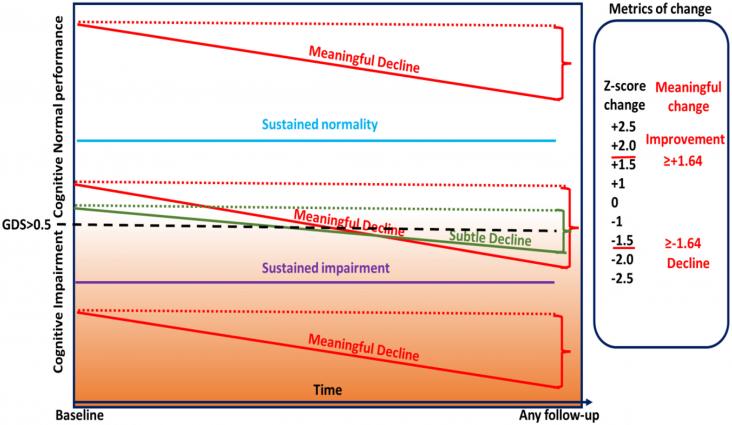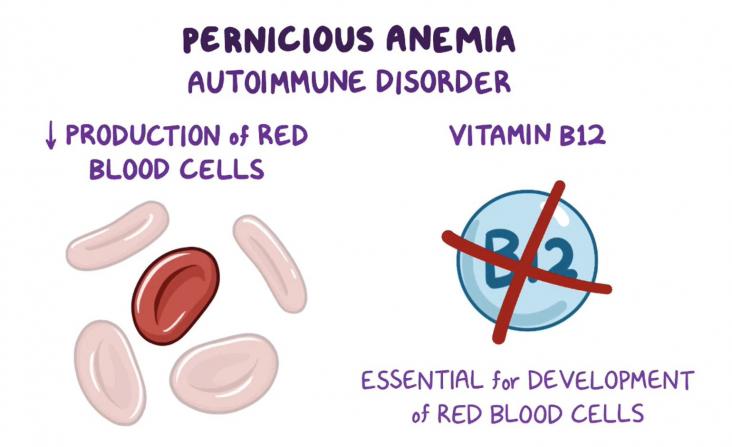Oral pre-exposure prophylaxis has revolutionised HIV prevention; this study reports attempts to maximise benefit by providing immediate initiation.
This Article supports SDG 3 by showing that voluntary medical male circumcision remains a cost-effective, often cost-saving, prevention intervention in sub-Saharan Africa for at least the next 5 years.
Drug resistance became widely recognized global threats in last two decades. Knowledge of drug resistance, development of new vaccines and medicines, public awareness program, government support (policies and incentive), development of new diagnostic tool, industrial support in medical research are the need of the hour that will help the mankind to fight back and deal with drug resistance and helps to support SDG3.
This content aligns with Goal 3: Good Health and Wellbeing as well as Goal 10: Reduced Inequalities by recognizing the importance of addressing health needs across various life stages within the family unit, emphasizing the significance of equal rights and access to healthcare for women, children, and men. It underscores the role of family and community support in promoting health through factors such as nutrition, education, and social and mental well-being, contributing to the overall health and well-being of individuals. Additionally, the discussion of the impact of aging on both individuals and families highlights the need for comprehensive health and social support systems to address the challenges associated with aging, thereby promoting good health and well-being for all members of society. Furthermore, acknowledges the influence of social inequities, poverty, and other factors such as displacement and mass trauma on family health. By advocating for the reduction of poverty and the provision of social support systems, the content supports efforts to reduce inequalities in access to healthcare and promote equitable health outcomes for all members of society.
This content aligns with Goal 3: Good Health and Wellbeing as well as Goal 10: Reduced Inequalities by emphasizing the importance of technology assessment capability in shaping health policy and priorities to improve health outcomes and quality of life. By promoting strong professional education and practice standards, accreditation processes, and educational programs for public health, the content supports efforts to enhance the quality of healthcare services and public health interventions. Additionally, it aligns with Goal 10: Reduced Inequalities by recognizing the need to address disparities and ensure equitable access to evidence-based methods of prevention, diagnosis, and therapy. By advocating for continuous revision of legal frameworks and ethical standards in response to societal changes and emerging health challenges, the content underscores the importance of promoting fairness and equity in public health practices and policies. Moreover, it highlights the ethical imperative of public health interventions to protect populations from illness and premature death, thereby contributing to efforts aimed at reducing inequalities in health outcomes and promoting the well-being of all members of society.
This paper looks at the coinfection charcteristics of leishmania and HIV, and the effects of this on immune responses.

According to the CDC 11% of adults have subjective cognative decline. Given the high coverage of ART in Australia, researchers assessed if there was a link between ART and cognative decline. With 1% of the study population reported to have sustained decline, the authors concluded that meaningful cognative decline was not significantly different compared with what would be expected. Although not a game changing new drug regimen, with the average life expectantcy of people with HIV now 83 year the lack of link between ART and cognative decline means that good health and wellbeing can be promoted into old age.
For monitoring viral load (VL) or Early Infant Diagnosis (EID) of HIV-1, real-time Polymerase Chain Reaction (qPCR) is used to perform on plasma or Dried Blood Spot (DBS) sample. The qPCR method is expensive and requires sophisticated equipment. Therefore, there is a requirement for newer and cheaper technology for VL measurement or EID.

This article related to SDG 3. This resource, created together by Osmosis and the National Organization for Rare Diseases (NORD), aims to increase the knowledge and awareness about precocious puberty, a condition that causes children to start puberty early, affecting one in five thousand children.

This article relates to SDG 3. This resource, created together by Osmosis and the National Organization for Rare Diseases (NORD), aims to increase the knowledge and awareness about pernicious anemia, a disease in which the body produces auto-antibodies against a stomach protein called Intrinsic Factor, causing B12 deficiency that cannot be resolved efficiently through oral intake.
